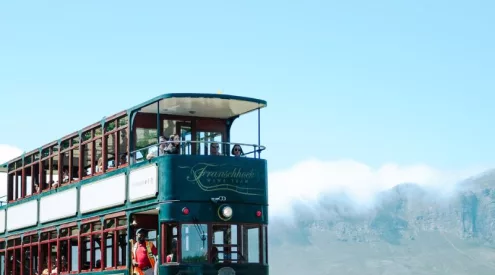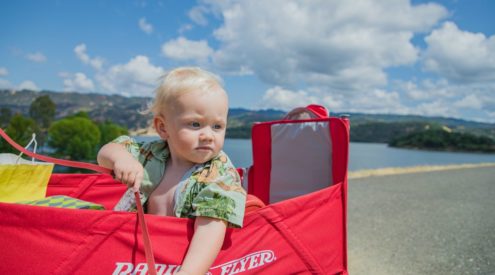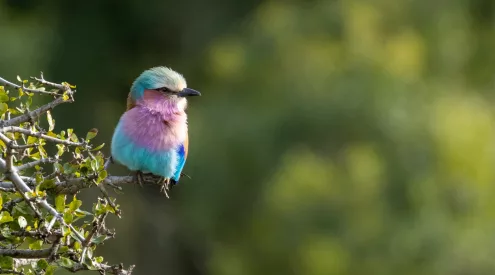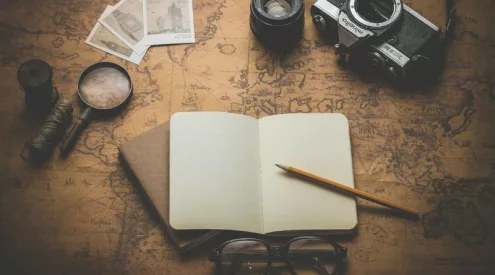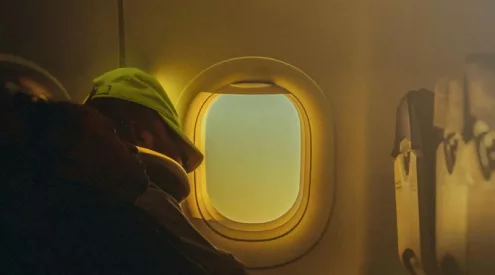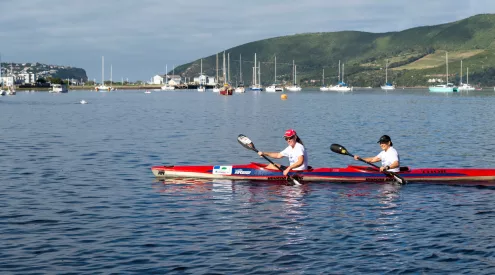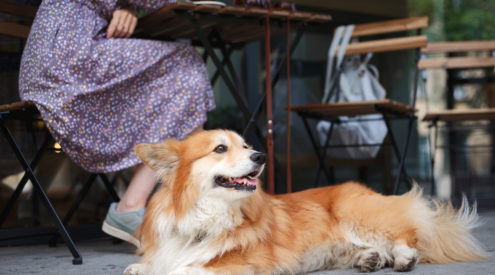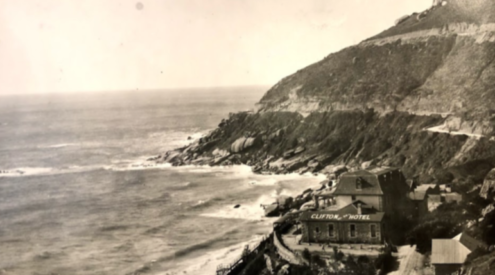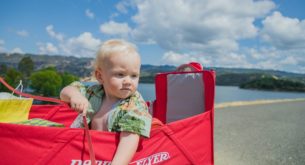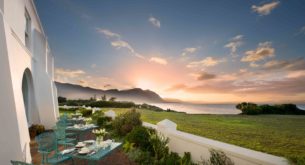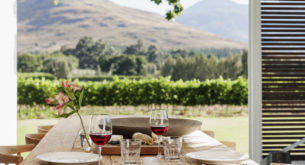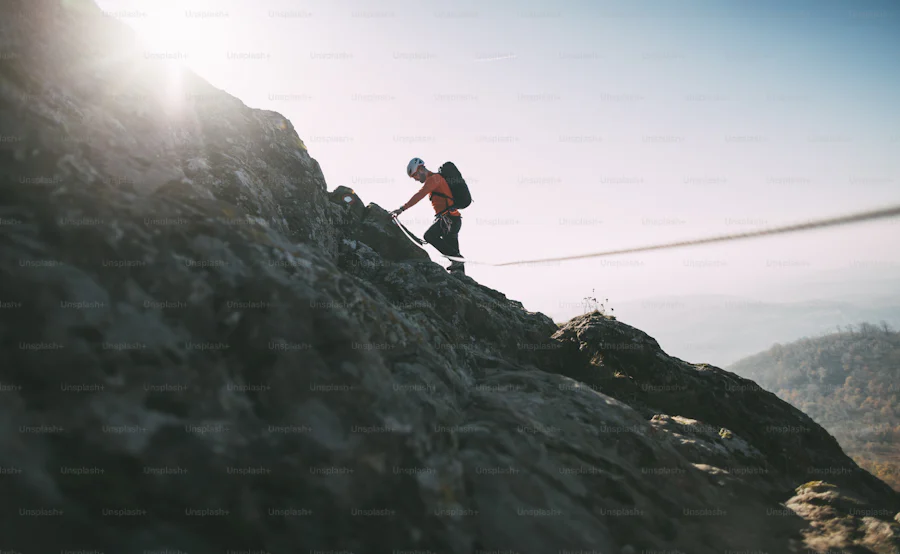Why haven’t we been here before? That’s how we feel about the Gamkaberg Nature Reserve. I’ve always wanted to come, but the famous places got in the way: Cederberg, Karoo, Kruger, Kgalagadi… Can you blame me – these are all special places of course. But that’s why I’m doing this trip…to discover new wilderness areas in South Africa, and to share them with likeminded people.
I’d heard that Gamkaberg’s name means ‘lion mountain’, from the Khoi word Gami, meaning lion. I’d heard about the leopards who roam these mountains. I’d seen photos of the craggy kloofs – they looked mysterious and otherworldly. And no-one I knew had been here…which suits me just fine.
This CapeNature reserve is not particularly big (although it is growing – that’s the subject for another blog…still to come!). Situated south-west of Oudtshoorn in the Western Cape, the 10 000 hectare Gamkaberg has is special. Perhaps more than any other reserve of its size, it hosts an incredible diversity of animals and plants. It falls slap bang in the middle of the transition zone between the cool coastal mountains and the hot, arid Karoo.
The coast is only 50 kilometres south from here as the crow flies, but sometimes it gets so hot (like today) that it feels like the middle of a desert – which it is, in a way, because the northern side of the reserve receives significantly less rainfall than the southern side, which is closer to the ocean.
So the Gamkaberg is the meeting point of four distinct biomes – forest, fynbos, sub-tropical thicket and succulent karoo. Each of these biomes are spectacularly diverse in their own right…so if you’re looking for diversity, Gamkaberg is the place for you.
Thand and I were taken to the top of the Gamka mountains by reserve manager Tom Barry and field rangers Jan Oransie and Cornelius Julies. We were going to spend the night at a remote shelter called Oukraal. It has panoramic views south to the Outeniqua and Langeberg Mountains, and north to the Swartberg.
There’s a tough hike up to Oukraal via the Tierkloof (literally “tiger valley” – which actually refers to the leopards, as most locals refer to leopards as tigers, an idiosyncrasy which dates back to early colonial days). But Tom, Cornelius and Jan drove us up the 4×4 track on the back of their bakkie, giving us a chance to appreciate the views.
Once at Oukraal, we dumped our sleeping bags and food, then set off for a short walk along the nearby ridge, to see if we could get close to the rare and endangered Cape Mountain Zebra. Gamkaberg was originally proclaimed in 1974 specifically to protect the last few animals of this iconic Cape species. Colonial hunters had shot out most of them, and today there are still only a few places in the Cape which has viable populations. But Gamkaberg has one of the bigger populations – today there are more than 50 zebra here…up from just 7 in 1975.
Cornelius led the way, which somehow seemed appropriate. His ancestors were the original inhabitants of this land, many thousands of years ago, and his family has lived in this area for generations. His dad Willie was also a field ranger in the Gamkaberg, and was in fact responsible for one of the most important botanical discoveries of the modern era. While hiking a new part of the reserve in 1987, Willie came across a bush with spectacular yellow flowers which he had never seen before. Believing it to be a new type of protea, Willie sent it to the experts at the Saasveld Herbarium in the nearby town of George. It was indeed confirmed as a brand new Protea species – Mimetes chrysanthus – which had never been documented before. For more about Willie’s discovery of this beautiful plant, read this.
Cornelius led us to the edge of a cliff which overlooked a stream, and on either side were some huge eland and red hartebeest as well as – bingo – a group of rare mountain zebra. They had already got wind of us, so they set off up the opposite ridge. We watched the zebra trot off first, the eland following…all in single file, their hooves syncopating on the rocky surface. What a privilege.
The camp at Oukraal is very basic. There are some wooden bunks in a shelter, some rain water tanks for drinking, a fire place and an undercover cooking area. But it was perfect. There was not a breath of wind, the clouds caught alight with a celestial fire…which was probably sparked by the shining planet of Venus, so bright in the western sky. Or maybe it was Jupiter in the east? Tom pointed Mercury out to us…which is very near to Venus at this time of year, and which only 1% of all people have ever seen, apparently! (Thanks Tom!)
Thandi and I slept on the wooden bunks outside under the stars, and Tom and Cornelius slept inside the shelter…I think both Tom and Cornelius know there are too many leopards to take the risk of sleeping outdoors. But Thandi and I are novices at this…and I set up my camera’s flash, just in case I was woken by a leopard in my sleep!
Amazingly, there are more than 30 leopards in the area, surviving the intensive agriculture on the plains and the farmer’s trigger-happy shotguns. (Farmers continue to despise leopards…even in this day and age, and even though shooting leopards is not the answer to their livestock loss – but that’s a blog for another day!).
Despite the high number of leopards in the area, Tom has only seen three in 18 years as reserve manager…Cornelius has never seen one leopard in his 16 years of service. So they are definitely very secretive…which isn’t hard here. The Gamkaberg is full of kloofs and crevices which will hide hundreds of leopards.
We fell asleep to the sound of clapper larks rising and falling in the night sky. In the morning, Tom woke me up at sunrise as there were a group of zebra just thirty metres from our camp. I sleepily got a few photos of them…I’ll always get up early for a good photo opportunity!
We spent the day walking down the Tierkloof, which is steep – and spectacular! The gorge is narrow, carved by the river over millions of years…literally 350 million years of erosion. The Gamkaberg – like the rest of the Cape Fold mountains – is one of the oldest in the world – originally it was part of the Himalaya-like mountains of Gondwanaland, when all the continents were joined together.
We made it back to our very comfortable tented camp about 5 hours later, and had a much-needed swim in our plunge pool, and drank lots of cold coke! We are staying at ‘Fossil Ridge Camp’ while we are here (named after the fossils found in the rocks above us), which is gorgeous! As we write this the Cape Eagle Owl is hooting, the crickets are chirping, and there is a deep ‘honk’ of an ostrich in the distance every now and again. This camp sleeps four people in two luxury tents. The camps are built in ‘eco-lodge’ style, with solar power and enviro-friendly loo’s, and they fit right into the scenery. Although there is another camp down the road, we feel totally secluded and feel like we have the whole park to ourselves! Although I’ll always miss a special rustic spot like Oukraal!
Thanks Tom, Cornelius and Jan for a superb 24 hours. Tomorrow we’re off to find some beautiful Karoo succulents…and hopefully meet up with the resident leopard researcher to find out why the leopards in the Gamkaberg are so much bigger than the Cape leopards found elsewhere.
Thanks again to my sponsors for making it all possible. CapeNature, South African National Parks, Ezemvelo KZN Wildlife, Eastern Cape Parks, iSimangaliso Wetland Park, Ford, Total, Evosat, Conqueror Trailers, Vodacom, Digicape, Lacie, Frontrunner, Safari Centre Cape Town, K-Way, EeziAwn, National Luna, Nokia , Goodyear, Global Fleet Sales, Hetzner, Clearstream Consulting and Escape Gear.

